I used to push vegetables around my plate until my Lola introduced me to her special Chop Suey recipe. This colorful medley of crisp vegetables, tender pork, liver, and plump shrimp transformed my relationship with healthy eating. It's the dish that finally made me fall in love with vegetables/
The secret lies in the velvety oyster-soy sauce that coats every ingredient perfectly, making even the most vegetable-hesitant family members come back for seconds.
This tried-and-tested Filipino Chop Suey recipe is the perfect gateway to enjoying vegetables for picky eaters, while still delivering that authentic Filipino-Chinese restaurant taste right in your home kitchen.
With its balance of premium proteins and colorful vegetables, it's become my go-to recipe for both family dinners and special occasions.
Jump to:
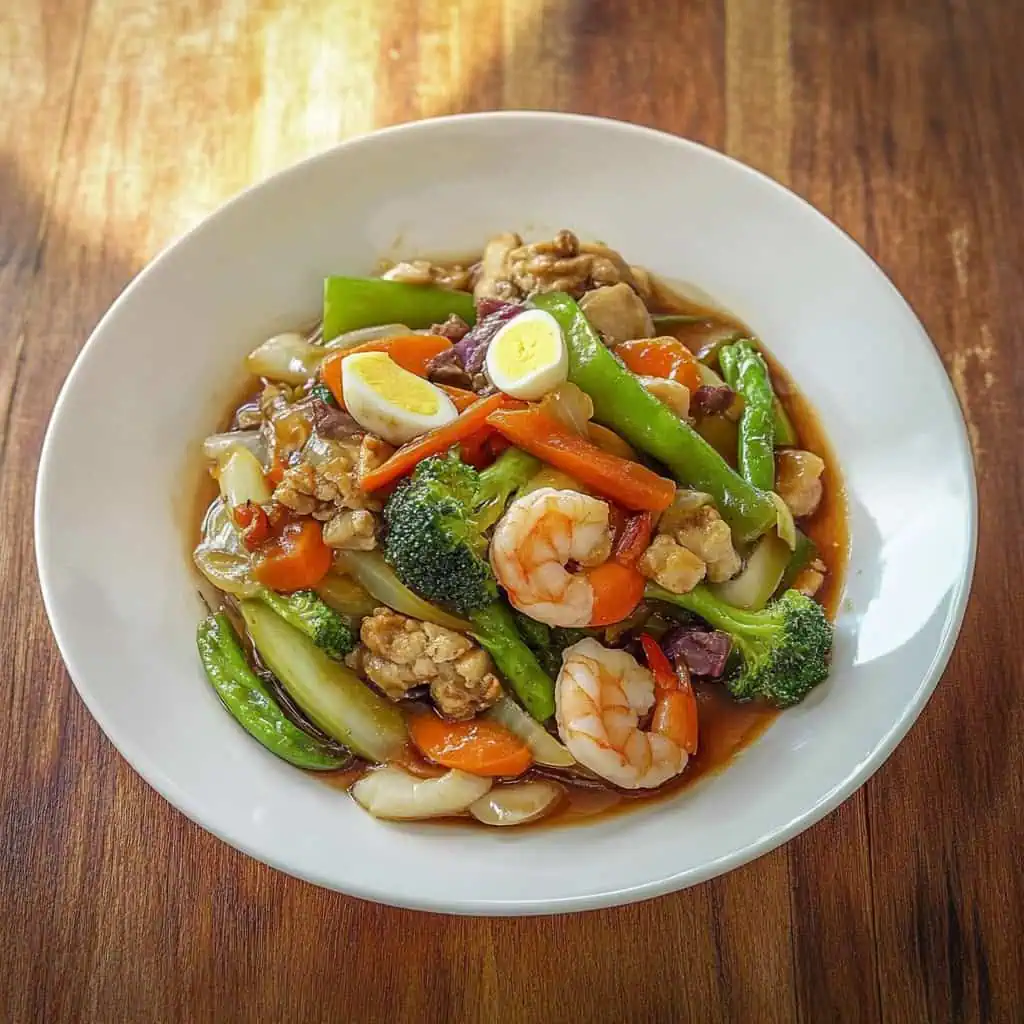
Why You'll Love This Recipe
- Perfect balance of textures from crisp vegetables and tender meat
- Nutrient-rich with a variety of colorful vegetables
- Versatile recipe that can be customized based on available ingredients
- Restaurant-quality dish perfect for special occasions
- Budget-friendly way to feed a family
- Excellent make-ahead dish for busy weeknights
Ingredients
This Filipino Chop Suey recipe combines specific ingredients that create the perfect balance of flavors, textures, and nutrition. The trio of pork, liver, and shrimp provides different protein profiles and umami depths, while the colorful array of vegetables (from crunchy snow peas to hearty potatoes) ensures a variety of nutrients and textures.
Quail eggs add a touch of luxury and creaminess. The aromatics of garlic and onion form the flavor foundation, while the combination of soy sauce and oyster sauce creates that distinctive savory-sweet glaze that coats everything beautifully.
Each ingredient plays its role in creating a dish that's nutritionally complete, visually appealing, and satisfying to every palate, a true representation of Filipino cooking's practical yet delicious approach to family meals.
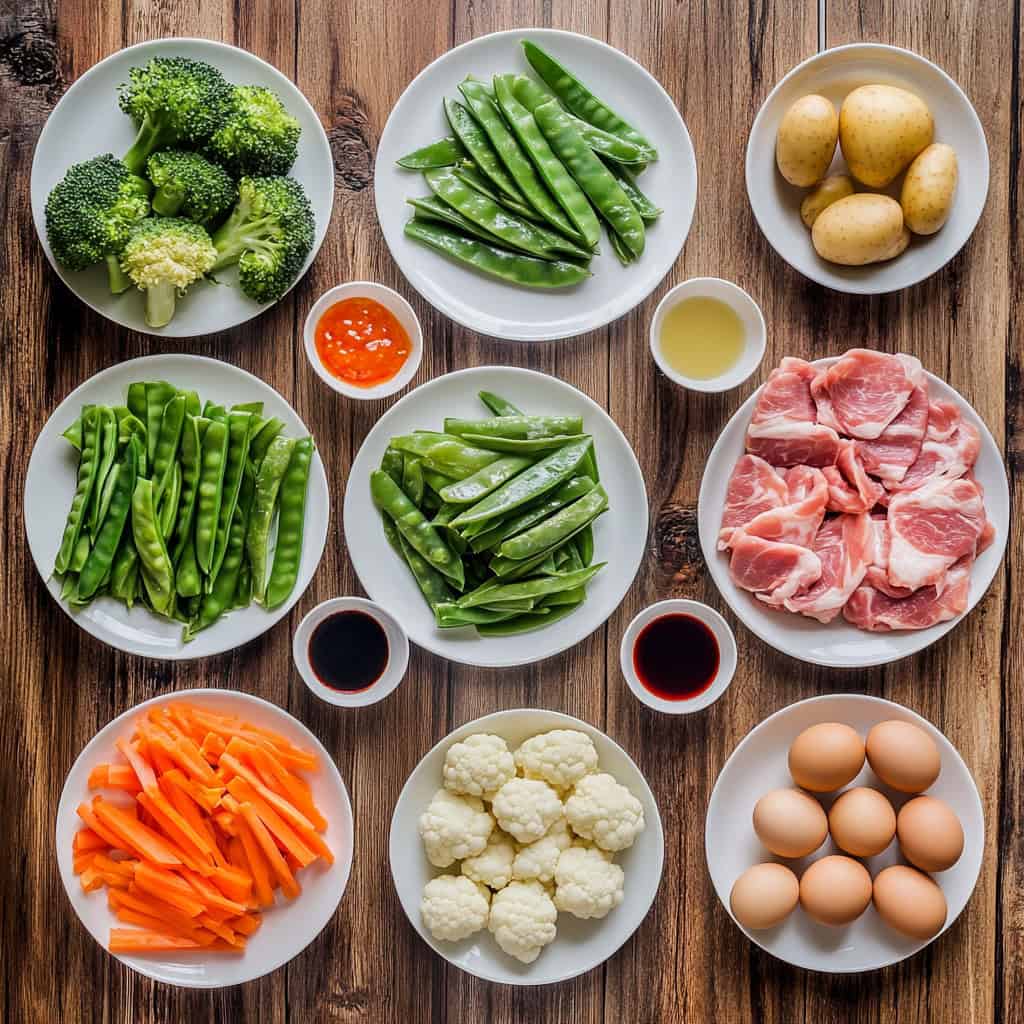
For the Protein
- 250g pork shoulder (kasim), cut into thin strips
- 250g pork liver, sliced
- 250g medium shrimp, peeled and deveined
- 6 quail eggs, boiled and peeled
For the Vegetables
- 2 medium potatoes, julienned
- 2 carrots, diagonally sliced
- 1 head broccoli, cut into florets
- 1 cauliflower head, cut into florets
- 1 can young corn, drained
- ½ cup snow peas, ends trimmed
- ½ cup Baguio beans (string beans), cut diagonally
- 1 medium bell pepper, julienned
For the Aromatics
- 4 cloves garlic, crushed
- 1 medium onion, chopped
For the Sauce
- 3 tablespoons soy sauce
- 1 small pack (80g) oyster sauce
- 3 tablespoons all-purpose flour or cornstarch
- 3 cups water
- Salt and pepper to taste
Equipment
- Large wok or deep frying pan: For even heat distribution and efficient stir-frying of all ingredients. The high sides prevent spillage when tossing.
- Sharp knife and cutting board: Essential for uniform vegetable and meat cuts, ensuring even cooking throughout.
- Medium-sized bowls: For organizing and keeping prepared ingredients separated before cooking.
- Measuring cups and spoons: For precise measurement of sauces and liquids, crucial for balanced flavor.
- Wooden spoon or heat-resistant spatula: For stir-frying without scratching your cookware.
- Strainer or colander: For washing vegetables thoroughly and draining canned ingredients.
- Small bowl: For mixing cornstarch slurry without lumps.
- Cutting gloves (optional): For safety when julienning vegetables.
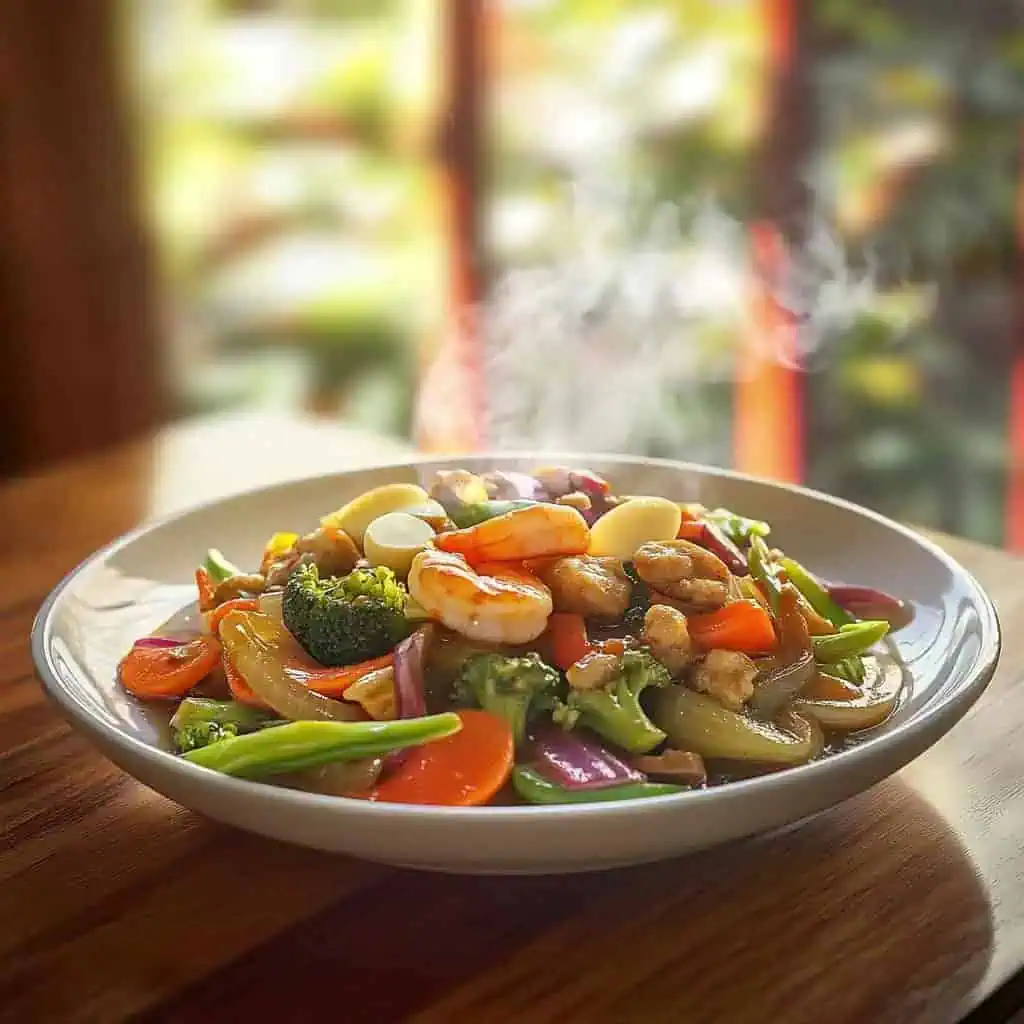
How To Make
- Prepare all ingredients. Slice pork and liver into thin, even strips. Clean and peel the shrimp. Cut potatoes and carrots into long, thin strips. Cut broccoli and cauliflower into small, bite-sized pieces. Trim snow peas and cut Baguio beans diagonally. Dice bell pepper, crush garlic, and chop onions. Mix cornstarch with 1 cup of cold water until smooth.
- Heat oil in a large pan over medium-high heat. Cook garlic until light golden, about 30 seconds. Add onions and bell peppers, cook until onions are clear, about 1-2 minutes.
- Add pork to the pan and add 1 tablespoon soy sauce. Cook for 5 minutes until meat starts to brown. Pour in water and remaining soy sauce, bring to a boil. Lower heat and let it simmer for 15-20 minutes until pork is tender.
- Turn heat back to medium-high. Add carrots and potatoes, cook for 3 minutes. Add broccoli, cauliflower, and Baguio beans, cook for 2 more minutes to keep them crispy.
- Add liver and shrimp. Cook for 2 minutes until shrimp turns pink. Add snow peas and young corn. Slowly pour in your cornstarch mixture while stirring to make a smooth sauce. Add the boiled quail eggs. Add salt and pepper to taste.
- Let everything cook for 3 final minutes until sauce thickens and becomes glossy. All vegetables should still be slightly crisp. Serve hot with rice. If you like, serve with fish sauce or extra soy sauce on the side.
Remember not to overcook the vegetables. They should still be colorful and a little crunchy. The dish is ready when the sauce coats the back of your spoon, vegetables are bright, and meat is tender.

Tips from Lola's Kitchen
- Vegetable preparation order matters: Start with the firmest vegetables (carrots, potatoes) and end with the most delicate (snow peas) for perfect textures.
- Blanch broccoli and cauliflower in salted water for 1 minute then shock in ice water before adding to the stir-fry for vibrant color and crisp texture.
- Cook proteins separately if you're unsure about timing – you can always combine everything at the end.
- The secret to restaurant-quality chop suey is high heat and quick cooking – have all ingredients prepped and ready before you start.
- For extra flavor, marinate the pork strips in a mixture of soy sauce and a little baking soda for 15 minutes – this tenderizes the meat and enhances taste.
- Always add oyster sauce last or near the end of cooking to preserve its rich flavor.
- For a thicker, glossier sauce, mix 1 teaspoon of sugar into your cornstarch slurry.
- Use cold water for cornstarch slurry to prevent lumps forming in your sauce.
Substitutions
- Protein options:
- Replace pork with chicken breast or thigh meat
- Substitute pork liver with chicken liver or skip entirely
- Use squid rings instead of shrimp
- Tofu works well for a vegetarian version
- Vegetable substitutions:
- Chinese cabbage or bok choy for broccoli
- Green peas for snow peas
- String beans for Baguio beans
- Any color bell pepper works fine
- Zucchini or eggplant can replace some firmer vegetables
- Sauce alternatives:
- Cornstarch for flour (better for gluten-free diets)
- Hoisin sauce mixed with water can replace oyster sauce
- Liquid aminos or tamari for soy sauce (gluten-free options)
- Vegetarian oyster sauce (usually mushroom-based) for traditional oyster sauce
Troubleshooting
- Sauce too thick: Add hot water gradually while stirring until desired consistency is reached. Start with just 1-2 tablespoons at a time.
- Sauce too thin: Mix additional 1 tablespoon cornstarch with 2 tablespoons cold water and add gradually while stirring continuously. Let it simmer for at least 1 minute to activate thickening.
- Vegetables too soft: You likely overcooked them. For next time, reduce cooking time and maintain higher heat. Add delicate vegetables later in the cooking process.
- Meat tough: Slice meat thinner and against the grain. Marinate with a pinch of baking soda next time to tenderize. Avoid overcooking – pork should just lose its pink color.
- Liver has strong taste: Soak liver in milk for 30 minutes before cooking to reduce strong flavors. Make sure not to overcook – liver should remain slightly pink inside.
- Sauce separating: Your heat may be too high when adding cornstarch slurry. Lower heat and whisk continuously when adding thickeners.
Storage & Reheating
Storage:
- Refrigerate in an airtight container for up to 3 days
- Separate leftovers into portion sizes before refrigerating for easier reheating
- Freeze for up to 1 month (though vegetables will soften upon thawing)
Reheating:
- Stovetop (best method): Heat in pan with a splash of water or chicken broth on medium-low heat, stirring gently until just heated through, about 3-5 minutes
- Microwave: Place in microwave-safe container, cover loosely, heat for 2-3 minutes on medium power, stirring halfway
- Add a few drops of fresh soy sauce when reheating to refresh flavors
- Don't reheat more than once to maintain food safety
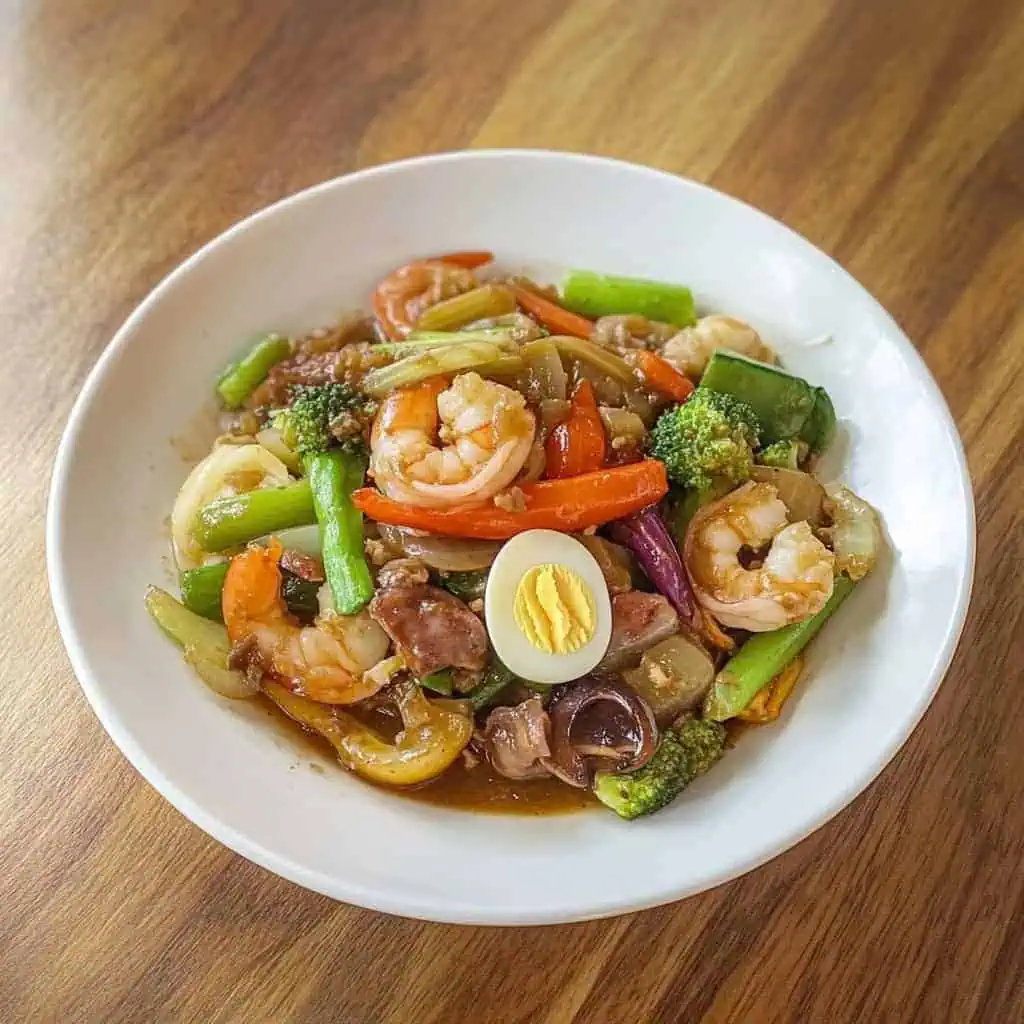
FAQ
Why are my vegetables losing their bright color?
You're likely overcooking them. Add vegetables in stages based on firmness, cook quickly over high heat, and consider blanching firmer vegetables first.
Can I prepare this dish in advance for a party?
Yes! Prepare all ingredients and make the sauce separately. Slightly undercook the vegetables when preparing ahead. Store components separately, then quickly stir-fry everything together just before serving for the freshest taste.
How do I prevent the sauce from becoming lumpy?
Always mix cornstarch with cold water before adding to the hot liquid. Add the slurry gradually while continuously stirring. Keep heat medium-low when adding thickeners.
Is it okay to use frozen vegetables?
Yes, but add them later in the cooking process and reduce cooking time. Thaw and drain excess water before adding to avoid diluting the sauce.
What can I do if I don't have quail eggs?
Simply omit them or substitute with regular eggs cut into quarters. You could also use halved hard-boiled chicken eggs as a garnish.
How can I make this dish spicy?
Add fresh sliced chili peppers with the aromatics or serve with chili garlic sauce on the side. You can also add a teaspoon of chili oil at the end of cooking.
Can I make this dish completely vegetarian?
Absolutely! Use firm tofu, mushrooms (especially shiitake or oyster mushrooms), and vegetarian oyster sauce. Add a tablespoon of nutritional yeast for umami flavor.
What's the best rice to serve with Filipino Chop Suey?
Traditional jasmine or any long-grain white rice works best to absorb the delicious sauce. Brown rice is a healthier alternative that pairs well too.
Related
Looking for other recipes like this? Try these:
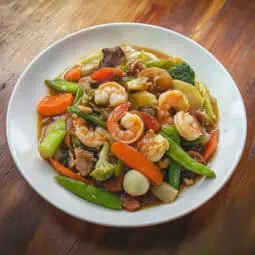
Filipino Chop Suey (Chopsuey) Recipe
Equipment
- Large wok or deep frying pan (for even heat distribution and easy stir-frying)
- Sharp knife and cutting board (for uniform vegetable cuts)
- Medium-sized bowls (for ingredient preparation)
- Measuring cups and spoons (for precise measurement)
- Wooden spoon or spatula (for stir-frying)
- Strainer (for washing vegetables)
- Small bowl (for cornstarch slurry)
Ingredients
For the Protein
- 250 g kasim pork shoulder [Baboy na Kasim], cut into thin strips
- 250 g pork liver [Atay ng Baboy] sliced
- 250 g medium shrimp [Hipon] peeled and deveined
- 6 quail eggs [Itlog ng Pugo] boiled and peeled
For the Vegetables
- 2 medium potatoes [Patatas] julienned
- 2 carrots [Karot] diagonally sliced
- 1 head broccoli [Brokoli] cut into florets
- 1 cauliflower head cut into florets
- 1 can young corn [Mais] drained
- ½ cup snow peas [Sitsaro] ends trimmed
- ½ cup Baguio beans cut diagonally
- 1 medium bell pepper [Paminta] julienned
For the Aromatics
- 4 cloves garlic [Bawang] crushed
- 1 medium onion [Sibuyas] chopped
For the Sauce
- 3 tablespoons soy sauce [Toyo]
- 1 small pack 80g oyster sauce [Sarsa ng Talaba]
- 3 tablespoons all-purpose flour or cornstarch [Harina o Gawgaw]
- 3 cups water
- Salt and pepper to taste
Instructions
- First, prepare all ingredients. Slice pork and liver into thin, even strips. Clean and peel the shrimp. Cut potatoes and carrots into long, thin strips. Cut broccoli and cauliflower into small, bite-sized pieces. Trim snow peas and cut Baguio beans diagonally. Dice bell pepper, crush garlic, and chop onions. Mix cornstarch with 1 cup of cold water until smooth.
- Heat oil in a large pan over medium-high heat. Cook garlic until light golden, about 30 seconds. Add onions and bell peppers, cook until onions are clear, about 1-2 minutes.
- Add pork to the pan and add 1 tablespoon soy sauce. Cook for 5 minutes until meat starts to brown. Pour in water and remaining soy sauce, bring to a boil. Lower heat and let it simmer for 15-20 minutes until pork is tender.
- Turn heat back to medium-high. Add carrots and potatoes, cook for 3 minutes. Add broccoli, cauliflower, and Baguio beans, cook for 2 more minutes to keep them crispy.
- Add liver and shrimp. Cook for 2 minutes until shrimp turns pink. Add snow peas and young corn. Slowly pour in your cornstarch mixture while stirring to make a smooth sauce. Add the boiled quail eggs. Add salt and pepper to taste.
- Let everything cook for 3 final minutes until sauce thickens and becomes glossy. All vegetables should still be slightly crisp. Serve hot with rice. If you like, serve with fish sauce or extra soy sauce on the side.
- Remember not to overcook the vegetables – they should still be colorful and a little crunchy. The dish is ready when the sauce coats the back of your spoon, vegetables are bright, and meat is tender.
Tips from Lola's Kitchen
- Blanch broccoli and cauliflower separately if you want them extra crispy
- Cut vegetables in similar sizes for even cooking
- Don't overcook the vegetables to maintain their nutrients and crunch
- Add liver last to prevent it from becoming tough
- Use cold water for the cornstarch slurry to prevent lumps
Nutrition
The Story Behind Filipino Chop Suey
Filipino Chop Suey, known locally as "Chopsuey," tells a fascinating story of cultural adaptation and culinary innovation. While many believe this dish originated in China, its journey to becoming a Filipino household staple reveals how our local cuisine embraces and transforms international flavors. The name "chop suey" comes from the Cantonese words "tsap seui," meaning mixed pieces or odds and ends, perfectly describing this colorful medley of vegetables and proteins.
Unlike its American-Chinese counterpart, Filipino Chop Suey has evolved to suit our local palate. We've made it distinctly our own by incorporating ingredients like quail eggs and pork liver - elements rarely found in other versions around the world. This adaptation showcases the Filipino talent for taking foreign dishes and enhancing them with local ingredients and cooking techniques, creating something uniquely delicious and familiar to our taste buds.
The dish gained popularity in Philippine households during the 1960s and 1970s, coinciding with the rise of Chinese restaurants in major cities. Home cooks began recreating this restaurant favorite, adding their personal touches and passing down their versions through generations. What makes our Chopsuey special is how it reflects the Filipino value of "sarap at sustansya" - the perfect balance of deliciousness and nutrition. It's become a clever way for Filipino parents to encourage their children to eat vegetables, as the savory sauce and mix of textures make the vegetables more appealing.
Today, Filipino Chop Suey stands as a testament to our cuisine's adaptability and our love for communal dining. Whether served at family gatherings, fiestas, or simple weekday dinners, it represents the Filipino tradition of bringing people together around a nutritious, satisfying meal. Its popularity has endured because it embodies what Filipino cooking is all about - transforming simple ingredients into something extraordinary that nourishes both body and soul.
This beloved dish continues to evolve in modern Filipino kitchens, with each family adding their own twist while maintaining its essential character. Whether made by Lola in her traditional kitchen or by young home cooks in their contemporary spaces, Filipino Chop Suey remains a cherished part of our culinary heritage, proving that some of the best dishes are those that bring together the best of different culinary worlds.






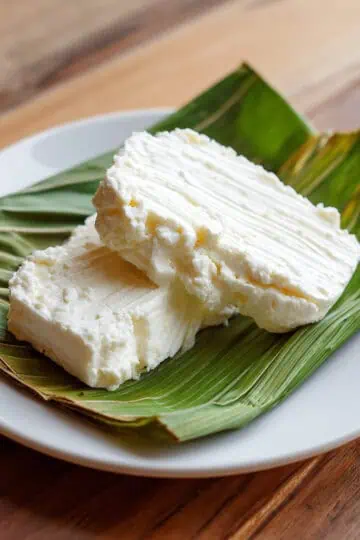
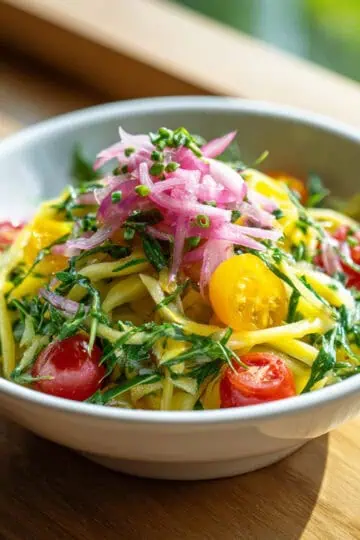
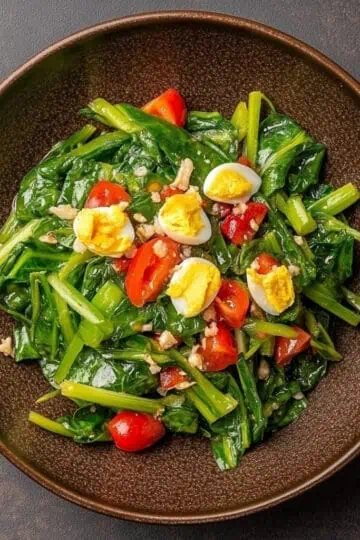

Comments
No Comments